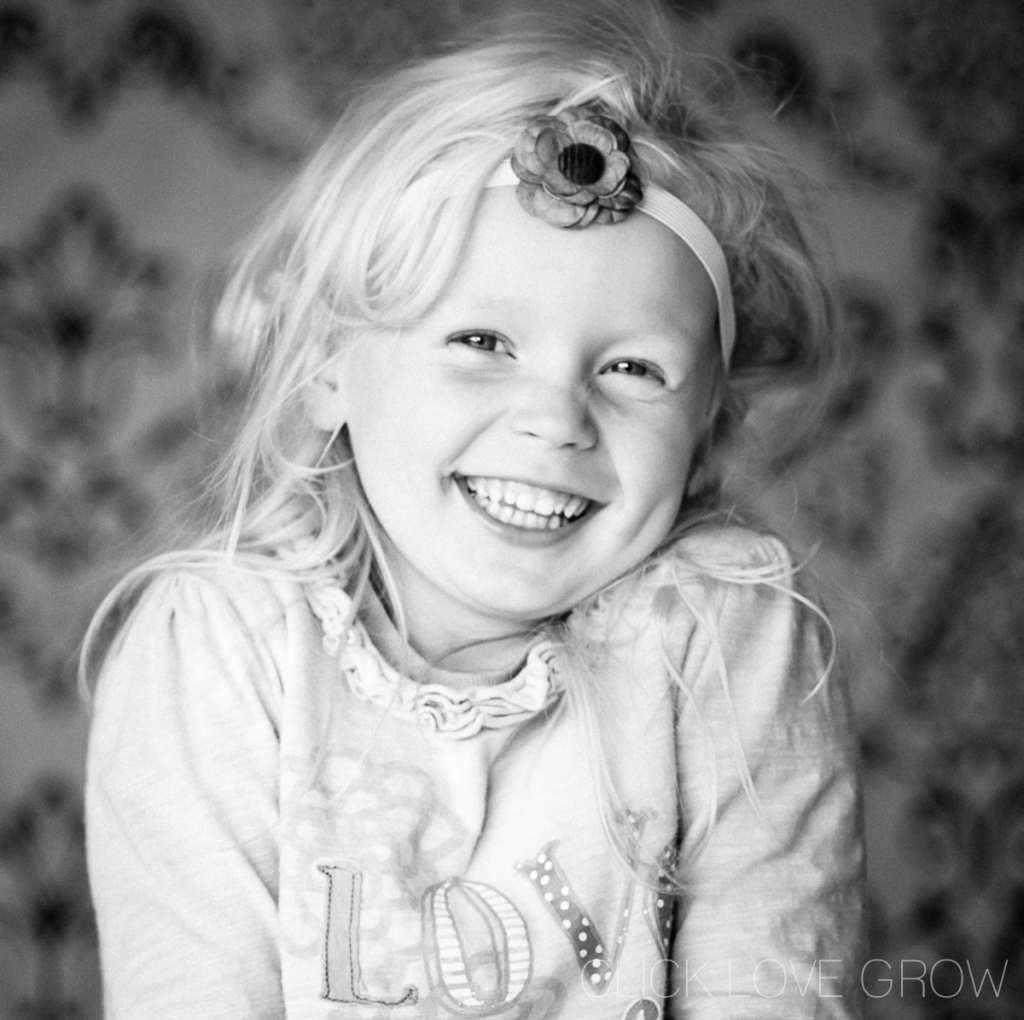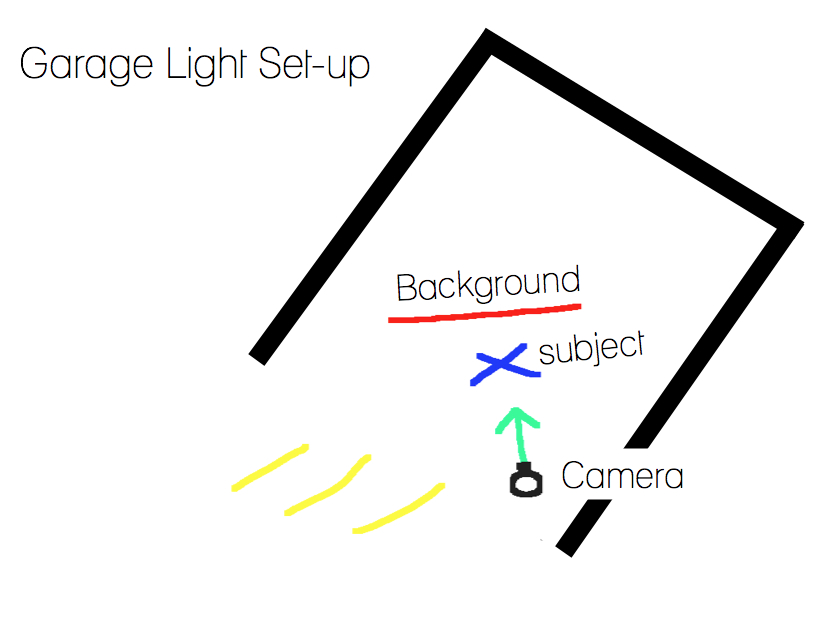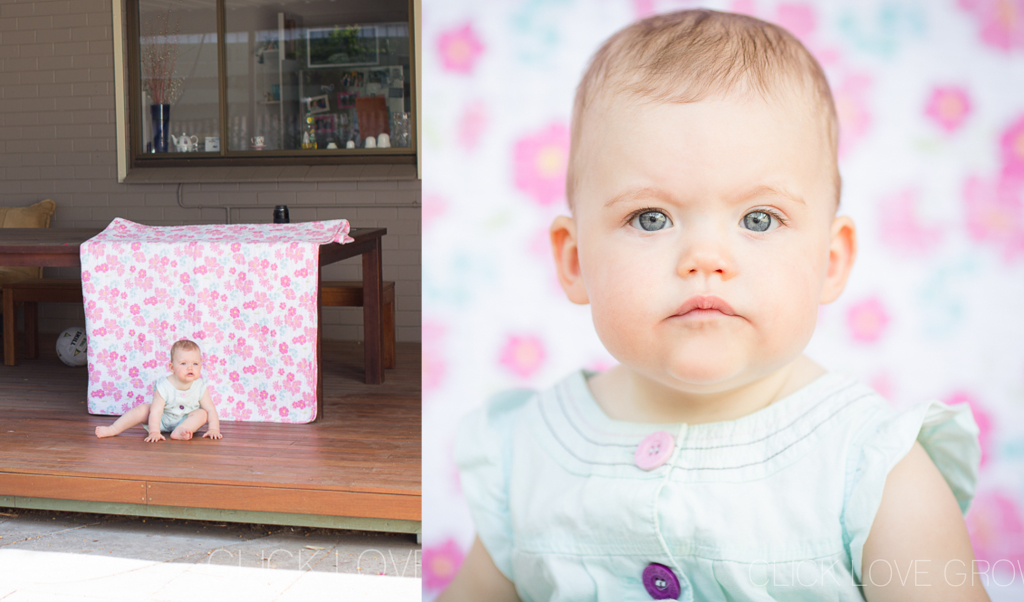Natural light is beautiful and abundant, we know that.
When you’re trying to take photos at home, I bet you’ve been here before… struggling to find the perfect light, then when you do, the background is cluttered or ugly. I bet you’ve tried every spot in and around the house at every time of day and found only frustration!
But there’s one spot you’ve probably overlooked in your search because it seems so unlikely, and that’s your garage.
Open Shade + The Perfect Backdrop
Most garages have little to no natural light inside. Stand at the opening to your garage without turning on any overhead lights and look in…what do you see?
Not much, that’s my point. Lots of shadows, resulting in a dark backdrop with beautiful, soft natural light at the opening that’s perfect for portraits and products. You also have the kind beautiful, flattering soft light which comes from open shade.
The darkness within provides the opportunity for directional light which creates potential for beautiful dramatic imagery.
For something different, in this shot below I used a backdrop stand to drape a backdrop behind my subject. If you don’t have a backdrop stand, a clothes airer works just as well.

Position
When shooting portraits, place your subject at the edge of the garage opening, turned at a 45 degree angle to the light source. In this position the shadow side will help shape their face and will create some depth and drama for a really dynamic portrait.
They should be just close enough to the garage opening that you see only gentle light on their skin and no hard patches of light. If they’re under exposed, then you’ve placed them too far from the garage opening.
There should be no light coming down on them from above which causes unflattering shadows under their eyes (the racoon effect).

Exposure
When you expose for your subjects skin, assuming your garage has no natural light, this will underexpose the garage interior. As a result, the contents of your garage won’t be really noticeable in the shot. However, keep your eye out for any brightly coloured distractions behind your subject so you can move them.
Products
If you’re photographing product, the same principles apply. Experiment with the position of your product in relation to the light, taking test shots until you see a combination that flatters. Then photograph it from different angles and perspectives, close and wide, for variety.
With regard to exposure, you’d meter for the brightest highlight on the object.
Related: What is Metering
CLICK HERE to download our guide to metering modes to help you know which mode will help achieve the best exposure for your shot
Don’t Have a Garage?
You know what, I don’t even have a garage at my current house, but I use the exact the same principals with my outdoor patio!
It’s big open shade with closed in sides… and in the example below I used a bedspread from my girls’ bedroom to create a backdrop that worked beautifully!
You could really get creative at this point and place an old chair or sofa in the opening for your subjects to sit on.
For product or food photography, use a small table or other surface and make it pretty with a cloth and related props, or coloured project paper for a simple and striking backdrop.
I personally love bedspreads as they’re easy to find/use, and offer lots of versatility in colours etc. If you’re using patterned bed sheets or fabric, be mindful of creases as they’ll work to distract. So get the iron out if you need to!
Related: DIY Photography Backdrop

Voila!
You just created a natural light home studio and it didn’t cost you a cent!
Related: Easy Living Room to Indoor Studio
Join my new workshop and learn How to Shoot Pro-Quality Photos With Your DSLR… and it’s totally FREE to join! Register here…
JOIN the Free 5 Day Mini Course
5 Days, 5 Videos Lessons = Photos You'll LOVE!
Learn How to Use Your DIGITAL Camera!
Be the first to comment